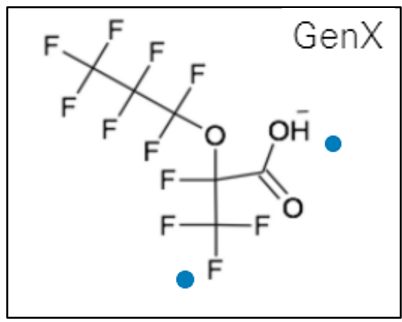
Home

In 2016, NC State and EPA scientists reported the presence of high concentrations of perfluorinated compounds in North Carolina’s Cape Fear River and its watershed, and in the drinking water supply of more than 200,000 North Carolinians living downstream of the Chemours chemical manufacturing plant. Our center aims to determine the toxicity and bioaccumulation potential of these chemicals and to devise methods of prevention and remediation that will restore the quality of North Carolina’s water.
The mission of this cross-disciplinary Center is to advance research, technology development, training and community engagement about exposure to a class of ubiquitous environmental compounds known as per- and polyfluoroalkyl substances (PFAS). The long-term objectives are to assess PFAS 1) exposure in impacted areas, 2) toxicity and underlying mechanisms of thyroid and immune function, 3) bioaccumulation potential, and 4) remediation.
To meet these objectives, the Center is employing a highly transdisciplinary approach that integrates leaders in diverse fields (epidemiology, environmental science and engineering, biology, toxicology, immunology, data science, and advanced analytics) across two major North Carolina Universities (NC State and East Carolina University); multiple levels of biological organization (biomolecule, pathway, cell, model organisms [periphyton, mayflies, zebrafish, mouse], and human populations); state-of-the-art analytical technologies; cutting-edge data science and management approaches; a recognized track record in interdisciplinary, environmental health science training; and well-established partnerships with government and community stakeholders.

